The Future Still Lies in Coding
Coding is enormous in education right now.
No wonder. Coding offers so many academic benefits that schools cannot ignore its significance. Sequential processes, computational thinking, and creative problem-solving all make up coding. It’s the new literacy in schools. There’s so much to like about coding that coding academies and boot camps are springing up everywhere.
 Photo by Danial RiCaRoS on Unsplash
Photo by Danial RiCaRoS on Unsplash
- 0 Comments
- Sep 3, 2020 10:00:00 AM
- Posted by Natalia Galvis
- Topics: STEM, Curriculum, Artificial Intelligence, teachers, Coding, students, Technology, Edchat, teaching, coronavirus, online, lessons, eLearning
Take this pandemic moment to improve education
With nearly 100% of education over the past months taking place online amid the coronavirus pandemic, plus what parents were doing to homeschool their kids, we all have been struggling, particularly those in low-income communities. Now is not the time to despair, however.
The disruption created by this pandemic presents an opportunity to imagine a different future for our kids, their families and their communities.
 Photo by NESA by Makers on Unsplash
Photo by NESA by Makers on Unsplash
- 0 Comments
- Sep 2, 2020 10:00:00 AM
- Posted by Natalia Galvis
- Topics: STEM, Curriculum, Artificial Intelligence, teachers, students, Technology, Edchat, teaching, coronavirus, online, lessons, eLearning
How teachers are preparing for the next school year
 Photo by Javier Sierra on Unsplash
Photo by Javier Sierra on Unsplash
School in a post-coronavirus world will never be the same. Having no choice but to rely heavily on online learning to guarantee continuity of education in a society disrupted by the pandemic has taught lessons to more than just the students.
It is now time for teachers to reflect on the experience of socially distanced school and prepare for the upcoming year and the unique challenges it will present.
Going back to a new normal after such a defining historical event may feel a little like travelling without a road map, but teachers can at least take comfort in the three keywords they can use to orient themselves in this uncharted land: engagement, personalisation, interaction.
- 0 Comments
- Sep 1, 2020 10:00:00 AM
- Posted by Natalia Galvis
- Topics: STEM, Curriculum, Artificial Intelligence, teachers, students, Technology, Edchat, teaching, coronavirus, online, lessons, eLearning
3 Ways to Revolutionize STEM Education in the United States
According to the STEM (Science Technology, Engineering and Math) Coalition, there are 26 million STEM jobs in the U.S., comprising 20 percent of all jobs. By 2020, there will be 9.2 million STEM jobs in the U.S. Despite the need for these workers, only 45 percent and 30 percent of high school seniors are prepared for college-level math and science courses, respectively.
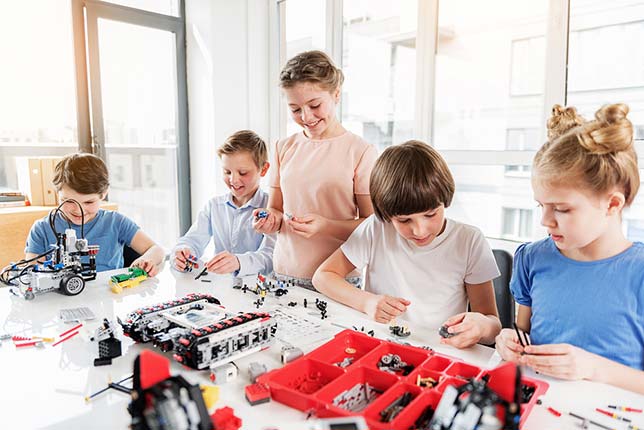
- 0 Comments
- Sep 6, 2019 10:00:00 AM
- Posted by Natalia Galvis
- Topics: STEM, Curriculum, steam, teachers, STEMchat, Edchat
4 Ways Project-Based Learning Prepares Students For the Future of Work
There are many reasons why project-based learning may be the best pedagogy for all students. Indeed, PBL is intended to be engaging, collaborative, tech-ready, student-owned and personalized. But, there may not be a better reason for PBL than that of preparing all students for a rapidly changing world – especially the future of work.
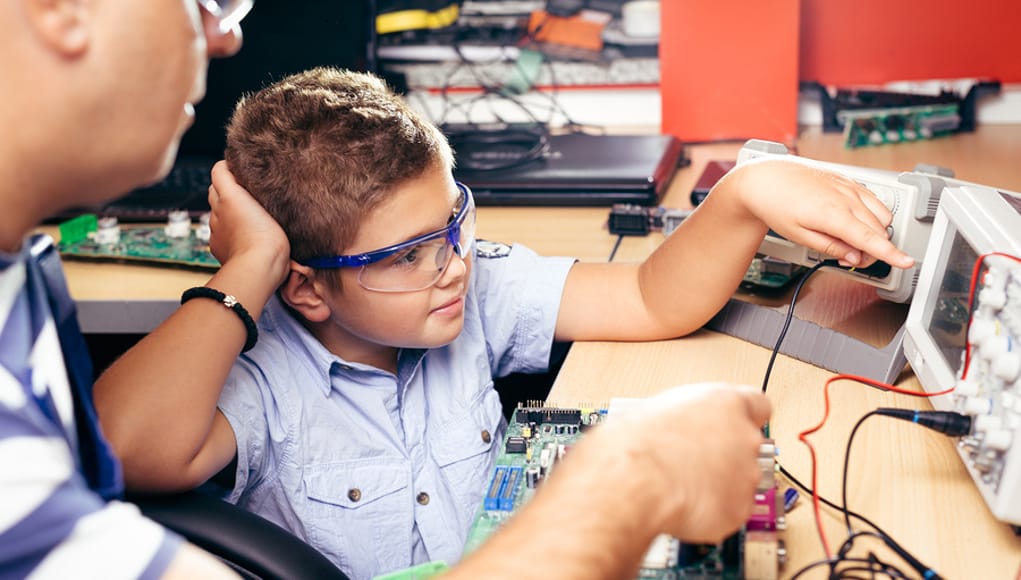
- 0 Comments
- Sep 5, 2019 10:00:00 AM
- Posted by Natalia Galvis
- Topics: STEM, Curriculum, Problem Based Learning (PBL), steam, STEMchat, PBL, Edchat
Why is STEM Education So Important?
According to the U. S. Department of Commerce, STEM occupations are growing at 17%, while other occupations are growing at 9.8%. STEM degree holders have a higher income even in non-STEM careers. Science, technology, engineering and mathematics workers play a key role in the sustained growth and stability of the U.S. economy, and are a critical component to helping the U.S. win the future. STEM education creates critical thinkers, increases science literacy, and enables the next generation of innovators.
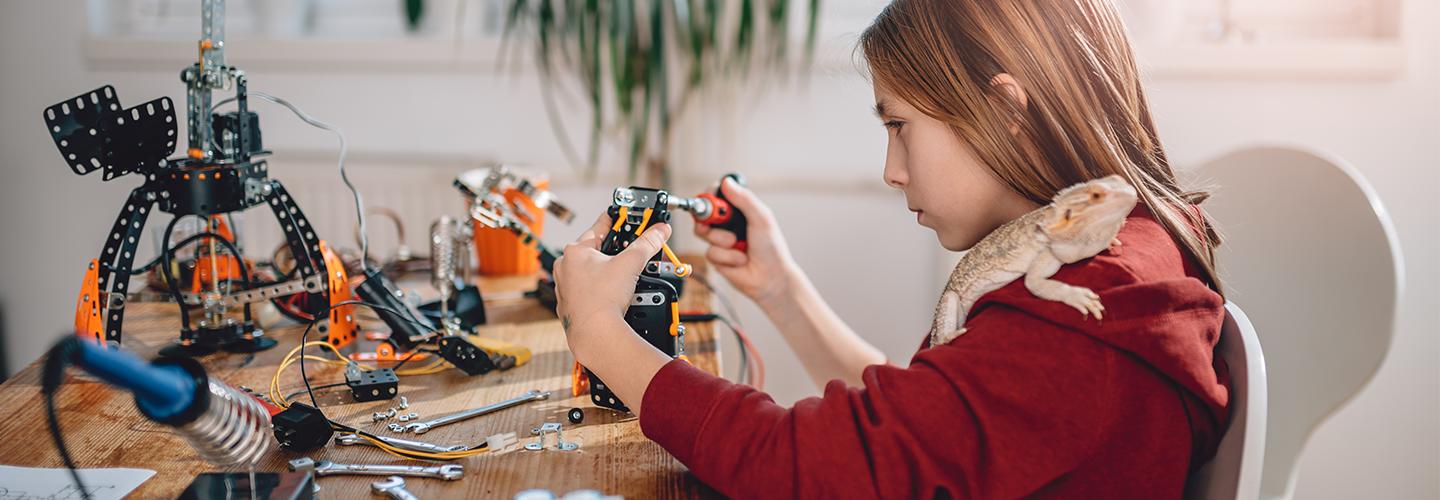
- 0 Comments
- Sep 4, 2019 10:00:00 AM
- Posted by Natalia Galvis
- Topics: STEM, Curriculum, steam, teachers, STEMchat, Edchat
Classroom field trips via VR become a national trend
It’s back-to-school season and students could be visiting the majesty of the Grand Canyon, the convolutions of the human brain, the depths of the ocean, or even the barren landscape of Mars — all without ever leaving the classroom. Indeed, as technology grows and becomes more readily accessible, more teachers are taking their students on field trips using virtual reality.
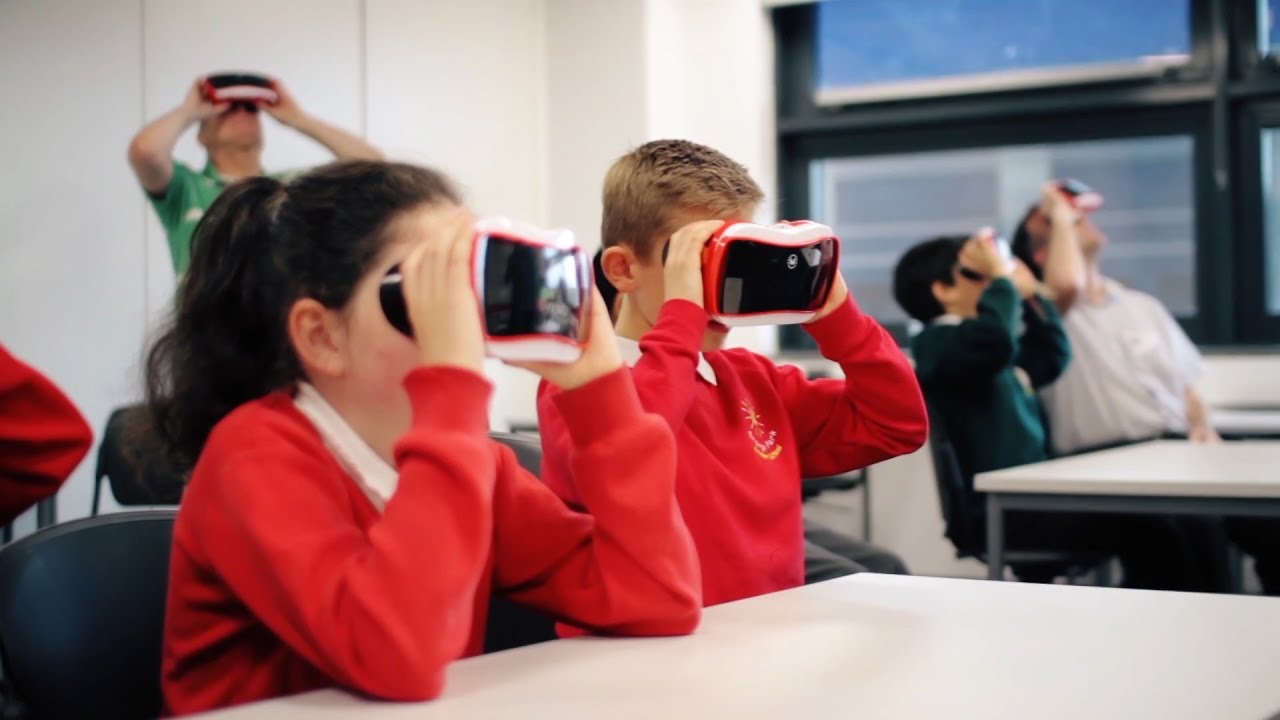
- 0 Comments
- Sep 3, 2019 11:56:35 AM
- Posted by Natalia Galvis
- Topics: STEM, Curriculum, steam, teachers, VR, STEMchat, Edchat
How to Integrate STEM into Your Curriculum
STEM education is at the forefront of education, and as teachers it’s our job to ensure our students are getting and gaining the knowledge they need in order to have a successful future. STEM, otherwise known as science, technology, engineering, and math, is an essential component of 21st century education.
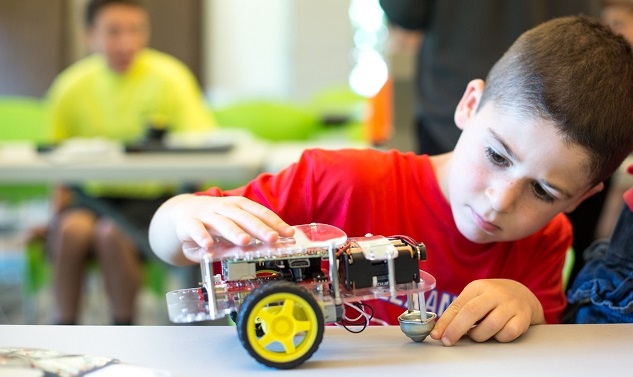
STEM-proficient students are logical thinkers and are able to answer complex questions and develop solutions for those problems. These are skills our students needs in order to keep up with other diverse countries. Here we’ll take a brief look at how you can ensure you’re integrating STEM education into your curriculum.
- 0 Comments
- Aug 30, 2019 10:07:00 AM
- Posted by Natalia Galvis
- Topics: STEM, Curriculum, steam, teachers, STEMchat, Edchat
Getting students excited about STEM
Many school districts struggle with how to expand students’ interest, excitement, and achievement in STEM. Without the right approach, however, the result is often random acts of STEM that do little to show students how fascinating or relevant these subjects really are.
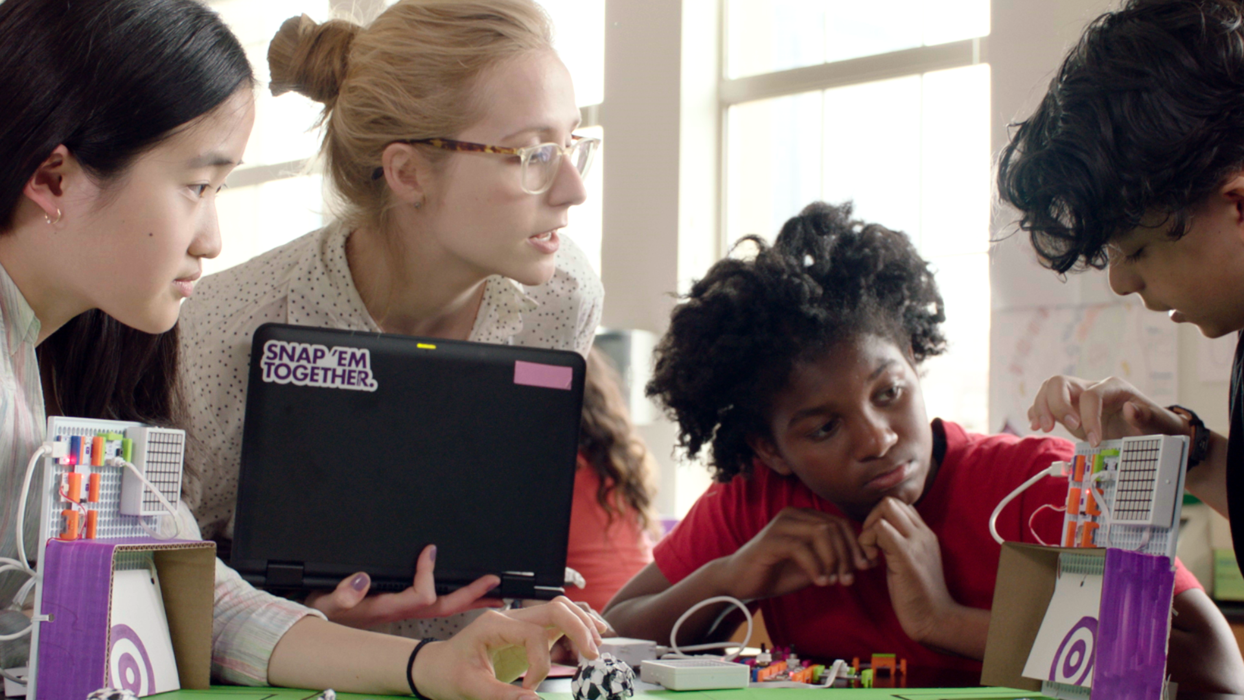
Unlike the science and math classes of yesteryear, STEM is not about reading from textbooks or memorizing facts and formulas. STEM is about doing. It’s about helping students to develop a deep understanding of science, technology, engineering and mathematics, and giving them ample opportunities to apply that learning. Creativity, communication, and innovation are essential pillars of this journey.
Here are a few of the strategies we’ve implemented to give students hands-on, inquiry-based STEM learning experiences that are preparing them for college and careers.
- 0 Comments
- Jul 3, 2019 11:11:10 AM
- Posted by Maria Alejandra Calcetero
- Topics: EdTech, STEM, Curriculum, STEMchat
4 Things All Project-Based Learning Teachers Should Do
Gone are the days when students were expected to sit passively at desks while teachers lectured endlessly, expecting children to soak up the information being thrown at them.
In today’s educational environment, students are expected to collaborate, think critically, and work together to develop innovative projects and answers to complex questions. To support this mission, many schools have begun to take part in a practice known as Project-Based Learning (PBL).
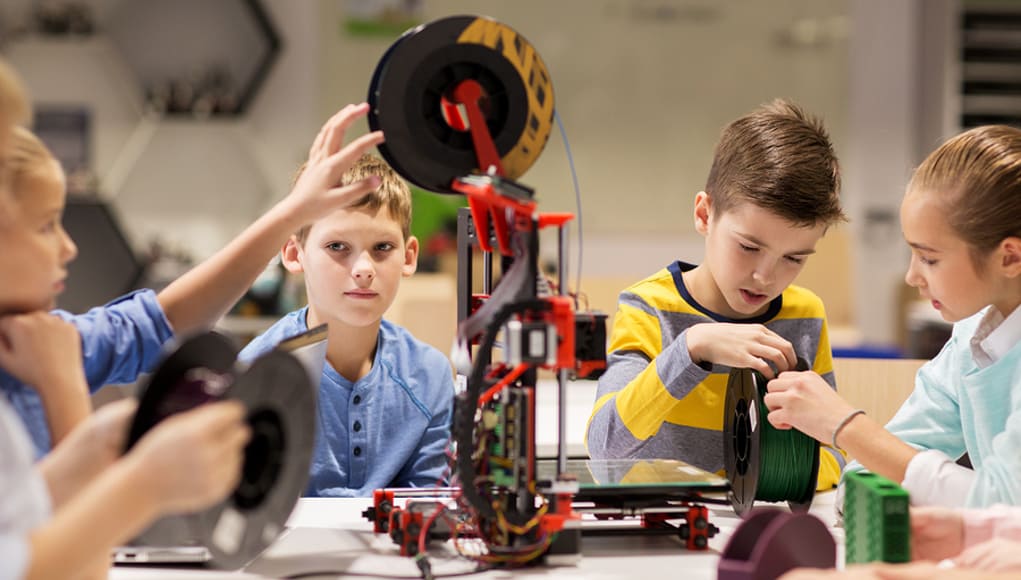
PBL allows teachers to expose students to a wide variety of 21st Century skills, and allows students to interact with curriculum in a way that is engaging, authentic, and fun!
Making a shift from traditional forms of learning to PBL can be challenging. PBL can require a lot of prep work on the part of the teacher. But the gains in student engagement and achievement are immeasurable. Here are four steps to help you create a Project Based-Learning classroom.
- 1 Comments
- Jul 2, 2019 11:46:32 AM
- Posted by Maria Alejandra Calcetero
- Topics: EdTech, STEM, Curriculum, STEMchat, PBL
Relevant Posts
Popular Posts
Subscribe to Email Updates
-
I Want To Learn MoreADDITIONAL INFORMATION


